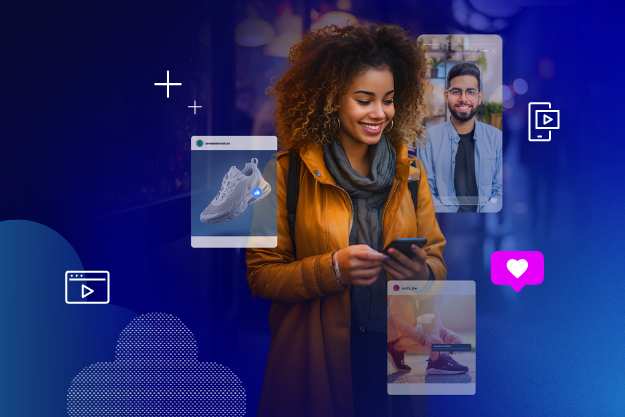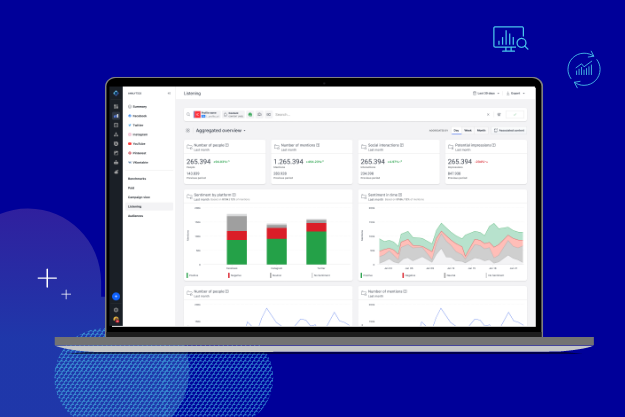You probably encounter social storefronts several times a day but may not know exactly what they are. A social storefront is a functional eCommerce store within an established social media network. Having a social media presence gives brands a chance to engage with customers and mold the perception of a product, service, or mission. The popularity of social media means there is a huge base of potential customers waiting to be tapped, and social storefronts provide a way for brands to turn casual followers into customers and drive conversions.
Go where the customers are
The way consumers discover new brands and products and make purchases has shifted to social media, and with a social storefront, brands can take advantage of that to drive conversions. One of the major benefits of shoppable content is that it provides brands the opportunity to educate shoppers while they are on the path to making a purchase. The interactive nature of social media offers opportunities for brands that traditional product advertising does not.
Social content on sites like Instagram, Pinterest, Facebook, etc., is powerful because it is visually compelling. These platforms drive the creation of real customer photos and videos, creating the perfect ecosystem to introduce engaging, visual content from brands. According to HubSpot data, 71% of consumers are more likely to purchase based on social media referrals.
Shoppable user-generated content
The kind of content brands share on social media is incredibly important. User-generated content (UGC) is any visual media created by users of an online system that is accessible via social media. When presented with user-generated content, 50% of consumers were more likely to buy a brand's products through social channels. UGC is trusted by consumers—it provides social proof that others are purchasing the product and helps potential customers see themselves using the product or service. By making the content more personal and relatable, shoppable UGC can increase the conversion rate by 29%.
Integrating eCommerce and social media helps brands close the distance that traditional eCommerce often creates. Social media provides a space where people connect and engage with one another, and brands can take advantage of that to build relationships with their customers. User-generated content helps achieve this and drive conversions at the same time.
The future of shoppable social media
Shoppable content on social media is still relatively new but it reflects the shift in online shopping experience from a commerce-centric model to a more content-driven model. Brands are beginning to focus more on the overall user experience of their customers, and shoppable social media is a major part of those efforts. Creating compelling visual content is only the first step. The ease of transaction and seamless shopping experience are two important factors for brands to consider as they guide customers through the funnel.
The seamless experience can be seen with Instagram’s shoppable photos—customers can click on the post and see more about the product without navigating to another site. It offers an online version of “window shopping”—consumers can view the product and the price quickly and easily.
Social commerce is still developing, and there are naturally some bumps in the road. Some adopters feel that there are too many steps between the consumer seeing a post and actually converting. However, the consumers who do click on the post and explore the e-commerce site are much more likely to purchase. The technology is still developing and will likely improve in the future, but brands that use social storefronts and shoppable content strategically will benefit from the ability to reach a wider audience of customers via social media.
Editor's Note: This article was originally published on pixlee.com. Any statistics or statements included in this article were current at the time of original publication.







































